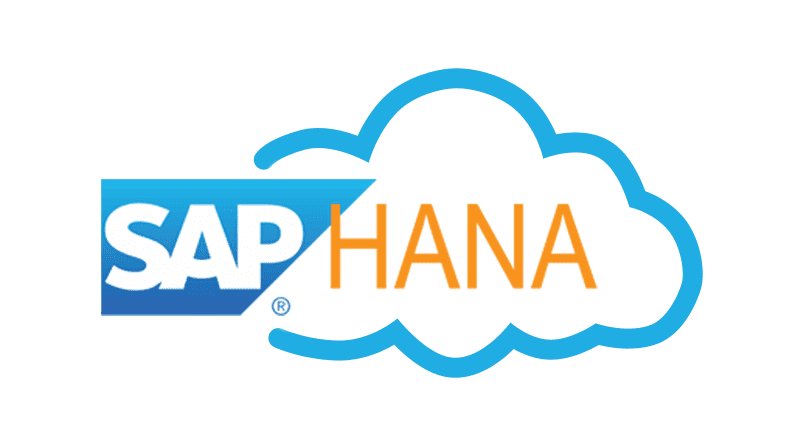At the recent TechEd EMEA event held in Barcelona, SAP announced about the general availability of HANA Cloud and Data Warehouse Cloud. Both the services are available in separate form and as an extension to SAP customers’ on-premises environments.
Philip On – SAP’s global vice president of product marketing for platform and technologies and Neil McGovern – leads product marketing worldwide for SAP HANA and SAP HANA Cloud Services gave brief information about the offerings, which helps you to understand the things beyond branding and also understanding of the services and capabilities.
DB and DW
Philip and Neil explained that HANA Cloud is a Database as a Service (DBaaS) offering that has built an atop SAP’s flagship, HANA, but with few enhancements. HANA is widely popular as an in-memory database but HANA Cloud also allows disk-based tables, using HANA’s Native Storage Extension (NSE) technology, and also storage in the SAP HANA data lake (based on the Sybase IQ columnar database). It is possible for HANA Cloud to connect to external data in the Hadoop Distributed File System (HDFS) or cloud object stores like Amazon S3 and OpenStack Swift.
Along with HANA Cloud, SAP is also going to bring its Data Warehouse Cloud to GA. Data Warehouse Cloud is a Data Warehouse as a Service (DWaaS) offering, which is based on HANA, and makes it fully managed and elastic provisioned and priced. In addition to that, Data Warehouse Cloud actually includes both the aforementioned HANA Cloud and SAP Analytics Cloud. SAP has also announced a 30-day free trial of the service, along with all the general availability of the Data Warehouse Cloud.
As known, Analytics Cloud is of-course capable of connecting to the data warehouse product, making Data Warehouse Cloud an all-in-one offering that covers database, data lake, data warehouse, and analytics along with HANA leveraging, IQ and data virtualization of cloud data lake assets. To complete it as a part of Data Warehouse Cloud, SAP is also mining its enterprise software expertise so as to provide analytic semantic models for an array of business domains.
Give businesses their Space
One more interesting feature of Data Warehouse Cloud is a self-service, but governed, component called Spaces. Spaces mean the data or essentially known as sandboxed data marts that business units can supply, adulterating them with both governments’ internal data sources and as well as external data, including social media content.
Spaces are assigned based on the quota of cores and memory/disk storage, also it has full governance over them. IT can “hibernate” Spaces that are unused and can even promote a Space into the central DW.
On-Premises BI
In addition to these HANA Cloud Services announcements, SAP has also announced that the next release of its on-premises business intelligence (BI) suite, BusinessObjects 4.3, will integrate more firmly with Analytics Cloud, that connects on-prem BI with cloud analytics for organization that are taking a hybrid approach to cloud computing.
SAP’s portfolio is spreading widely and its brands can at times be a bit confusing, but the company is clearly bringing to bear its software, database, database management, and BI assets, both in-cloud and on-cloud premises, to help their customers (who already stores tons of data on SAP’s platform) tame the enterprise data analytics beast.















